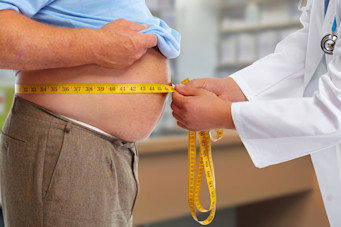Easy To Use Diabetes Tools
To Help Track Your Progress
Track your progress with these easy to use free online diabetes tools. Monitor your HbA1c, BMI and Fasting Glucose with the My Health Explained diabetes tools to monitor weight loss and blood glucose levels. Get your diabetes on track today with helpful free diabetes information.
 POSTED December 3rd, 2025 by Dr Sultan Linjawi
POSTED December 3rd, 2025 by Dr Sultan LinjawiGestational Diabetes Risk Checker
 POSTED November 29th, 2025 by Dr Sultan Linjawi
POSTED November 29th, 2025 by Dr Sultan LinjawiDiabetes Risk Calculator
 POSTED January 16th, 2019 by Dr Sultan Linjawi
POSTED January 16th, 2019 by Dr Sultan LinjawiHbA1c Calculator: Show your average glucose and convert % to mmol/mol
 POSTED January 16th, 2019 by Dr Sultan Linjawi
POSTED January 16th, 2019 by Dr Sultan LinjawiFasting Blood Sugar | Fasting Blood Glucose | Calculator
 POSTED January 16th, 2019 by Dr Sultan Linjawi
POSTED January 16th, 2019 by Dr Sultan LinjawiBMI | BMI Chart | Calculator




